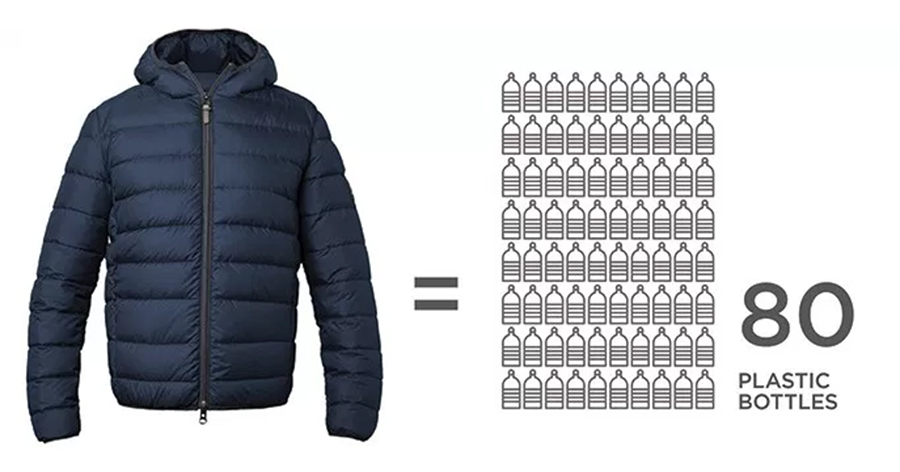24 Aug Ecoalf: Focus On Product First, Sustainability Second
The fashion brand Ecoalf, is putting ocean trash to good use. Its ethical mission is not the central selling point at the expense of the product – it is part of the package.
Javier Goyeneche, CEO, Ecoalf, decided in 2009 to pitch his mainstream fashion brand and look for inspiration from the trash floating in our oceans. The entrepreneur had become frustrated with designing collections made from polyester fabrics, production of which relied on digging deeper for oil, and realized there was already a wealth of polyester freely available – the fishing nets discarded by the fishing industry. Goveneche started the Ecoalf Foundation and has formed alliances with companies around the world looking to develop breakthrough technologies that allow fabrics to be manufactured from recycled materials.
“Fishing nets are a huge problem because they need to be replaced every four to six years,” said Goveneche. The problem, however, is less about the replacement cost and more about having to pay the ports to mothball two-mile long nets in warehouses. It’s much cheaper to let them quietly slip into the oceans in the dead of night, when no one is watching.
There is a permanent stash of around 65,000 tons of fishing nets on the bottom of our oceans. In the North Sea alone, 40,000 nets choke up the waters and strangle sea life to death.
At first glance you won’t realize that each item is manufactured from marine waste. Whether it’s puffer jackets woven from fishing nets or bright orange trainers made of a plastic-bottle composite, this innovative championing of zero-waste has earned Ecoalf recognition as a pioneer setting the spotlight on one of the major issues confronting the world’s second-most wasteful industry.
“At first, we had to dispel the idea that recycling is something hippie – where you’d take your grandmother’s old blanket and turn it into a backpack. But that’s not us. We’re about technology and R&D; about plugging into the growing world of ecologically-minded products, such as electrical cars and organic food.”
On the east coast of Spain, Goveneche started an initiative called Up Cycling The Ocean, involving 11 ports and 162 fishing boats. In addition to catching fish, the boats also “catch” between 8 and 16 pounds of old fishing nets when they haul their nets up. He’s has convinced them to put this into special onboard containers, and at last count, he’d collected 18 tons of old netting.
Last year in Florence, Italy, the first collection of products made with yarn from the bottom of the ocean was presented to the public. “Basically, our fashion brand is a huge research and development program, as the quality of our thread depends on the quality of the trash coming out of the ocean,” said Goveneche.
As each garment in the collection gets designed, it initiates another recycling program. “Our sneaker laces are made from plastic bottles, our fabric from fishing nets. When we added belts and shoes to the range, we needed to start a rubber recycling program. One thing has led to another,” said Goveneche.

“To make fabrics from discarded fishing nets takes seven chemical steps,” he explained. “Traditional fabric-making methods using raw, virgin materials require 17 steps. There’s a lot of water savings and fewer emissions too, of course.”
Cutting-edge, technical experiments are all very well, but ultimately customers must be attracted to buy cool-looking clothing. While the Ecoalf story scores full marks on the enviro-meter, Goveneche is under no illusions that this will be enough to become a profitable business.
“After our chemical engineers are done with the fabrics, our designers make the final products,” said Goveneche. “There’s a misconception that people buy our products because they love nature. But who will buy a jacket that doesn’t fit well or choose a color that isn’t in vogue?”

“We show that there is no need to use our world’s natural resources in a careless way”, said Goyeneche. Big labels are increasingly supporting zero-waste agendas and would do well to look to Ecoalf to see how it’s done.



